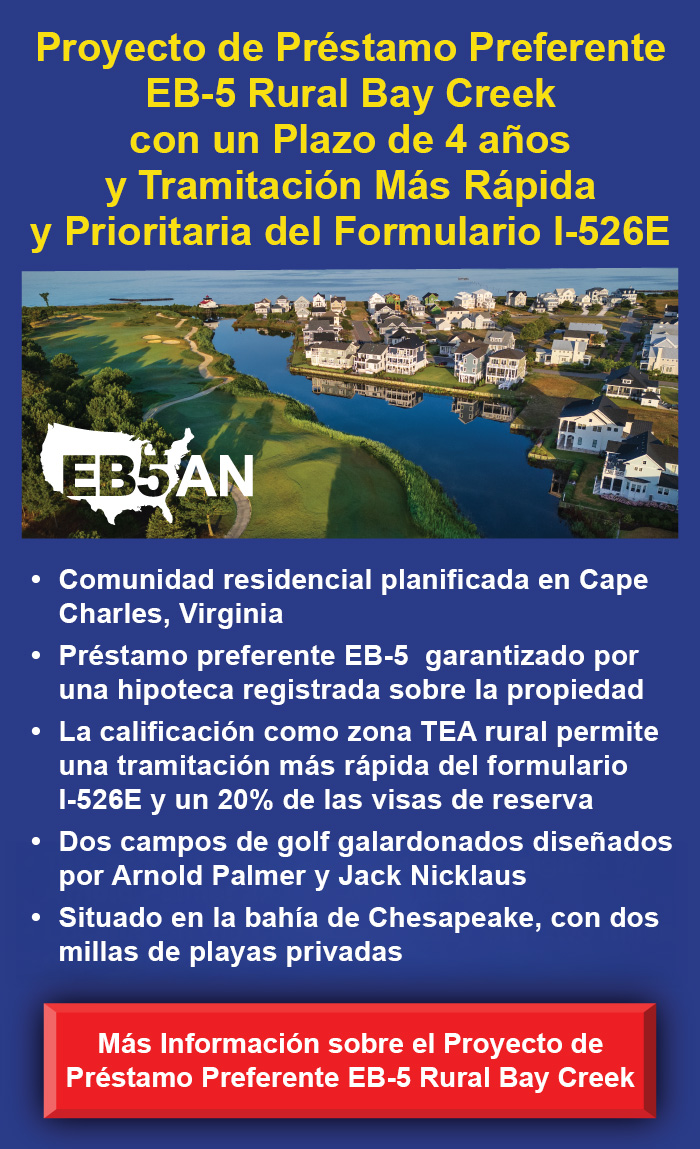Established in 1990, the EB-5 Immigrant Investor Program offers a unique opportunity for foreign nationals to obtain permanent resident status in the United States in exchange for a qualifying investment in a new commercial enterprise (NCE). The program has granted thousands of foreign nationals the chance to relocate to the United States and enjoy the many benefits and freedoms that the country offers.
The purpose of the EB-5 program is to stimulate the U.S. economy and create jobs with the invested foreign capital. EB-5 investors must invest a minimum of $1.8 million to be eligible for a U.S. green card. If the NCE is located in a targeted employment area (TEA), then the minimum required investment drops to $900,000. Aside from satisfying the minimum investment requirement, investors must also prove that all their investing capital has been acquired from lawful sources and provide evidence that their investment will lead to the creation of at least 10 new full-time jobs for U.S. workers.
EB-5 investors who do not want to invest directly in an EB-5 project can choose to invest through a regional center. Investing through a regional center may be a better option for those who do not want to take on management responsibilities at the NCE. However, those with management experience may prefer investing directly in the EB-5 project so that they maintain more control over their investment.
Investing through a regional center also offers other benefits to EB-5 investors. For example, regional center projects are more likely to be in TEAs, which allows for the lower minimum required investment amount of $900,000. Regional center EB-5 investors can also count indirect and induced jobs toward their EB-5 job creation, making it less difficult to fulfill the job creation requirement.
Requirements of the EB-5 Program
The EB-5 program is open to any foreign national with the means to invest the minimum amount required. If an investor can satisfy the minimum investment amount of $1.8 million or $900,000 and document that all of their funds came from legal sources, they are well on their way to qualifying for a U.S. green card. However, the investor must also prove that their investment will lead to the creation of 10 new full-time jobs to be eligible.
Most EB-5 projects are new business ventures, but this is not a requirement. A qualifying EB-5 project is defined as a for-profit commercial enterprise conducting ongoing legal business activity. Sometimes, troubled businesses also qualify as EB-5 projects. When choosing to invest in a troubled business, an EB-5 investor is required to save at least 10 full-time jobs. Losing some jobs is allowed, as long as enough new jobs are created to offset the losses. The total number of jobs at the end of the investment period cannot be lower than it was at the beginning of the investment period.
Green Cards for Investors and Their Families
EB-5 investors often do not plan on relocating alone—many of them have a spouse and children they plan to immigrate with. Investors can include their spouse and unmarried children younger than 21 on their EB-5 application so that they can obtain U.S. green cards, too.
To begin the EB-5 process, an investor must file Form I-526. After receiving approval, they can apply for two-year conditional permanent resident status for themselves and their family. Within 90 days before their conditional resident status expires, they must file Form I-829 to remove the conditions. As long as all of the above-mentioned requirements are met, the investor and their family members are granted permanent resident status in the United States.
The EB-5 program remains one of the fastest and easiest ways for foreign nationals to immigrate into the United States. Receiving an EB-5 visa allows investors to freely live, work, and study in the United States. EB-5 investors can also apply for U.S. citizenship after five years of permanent resident status.


